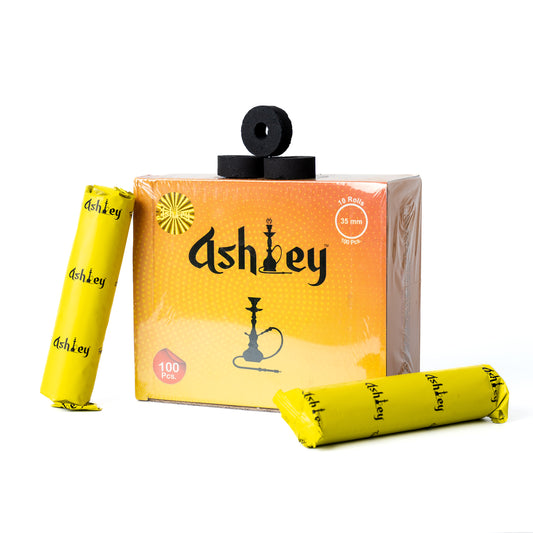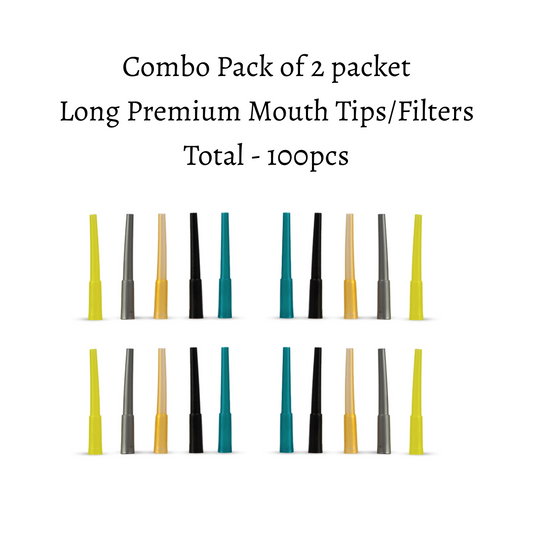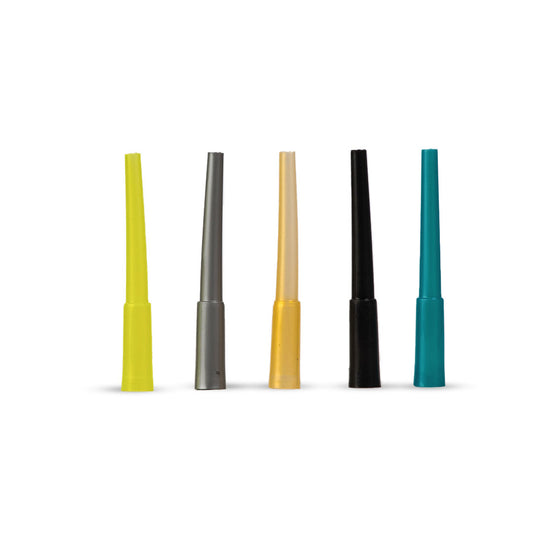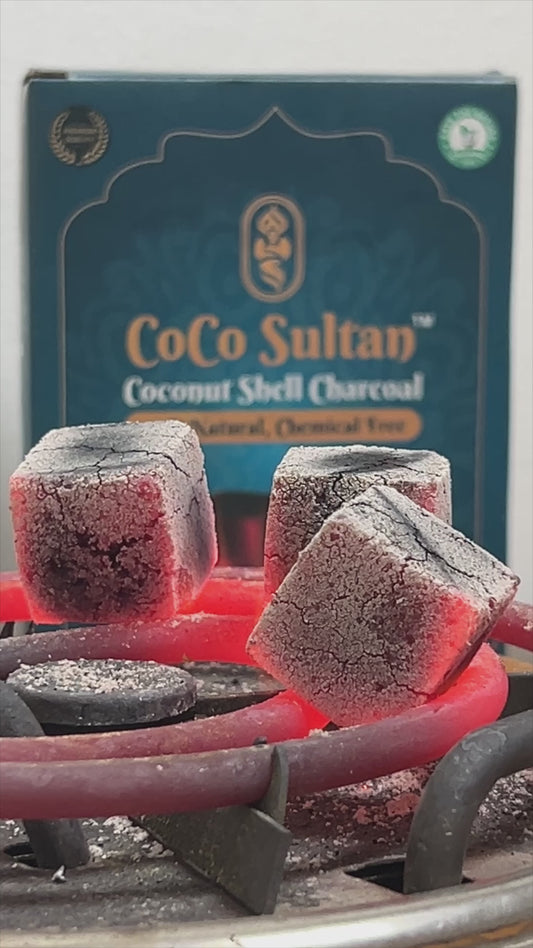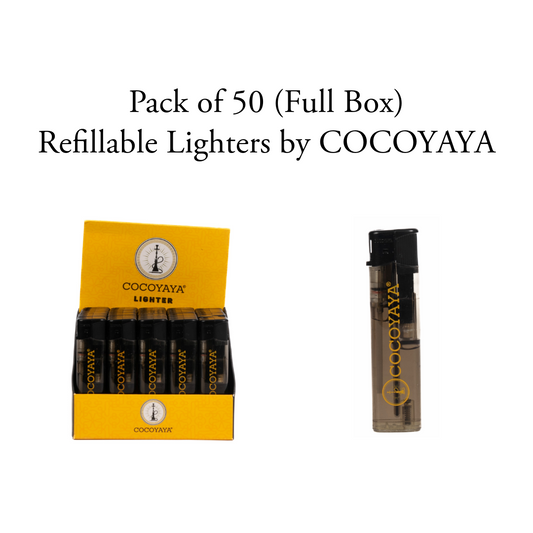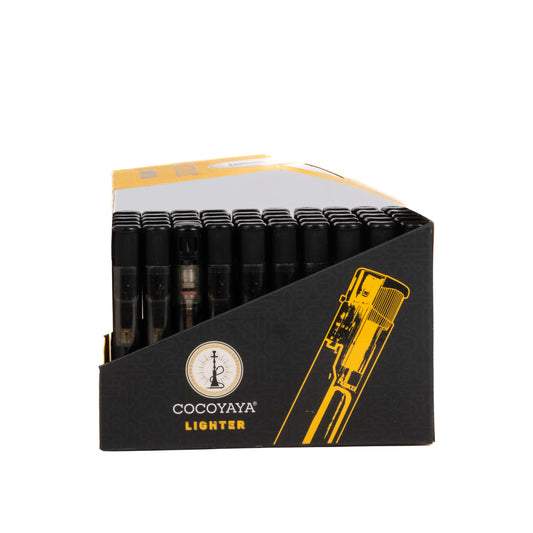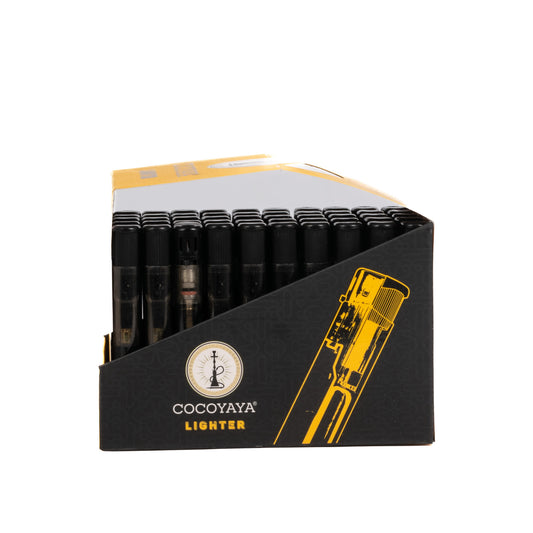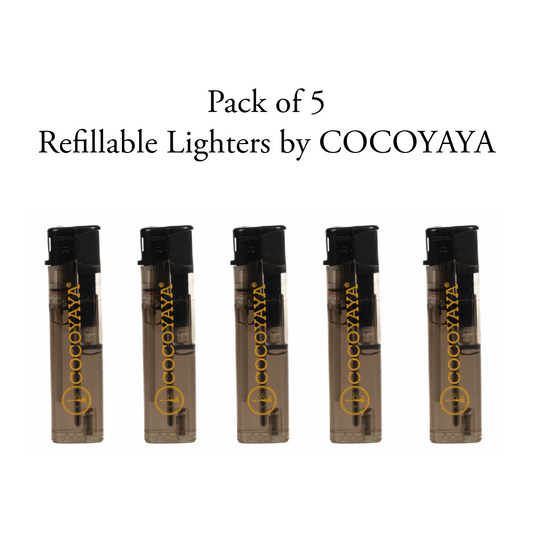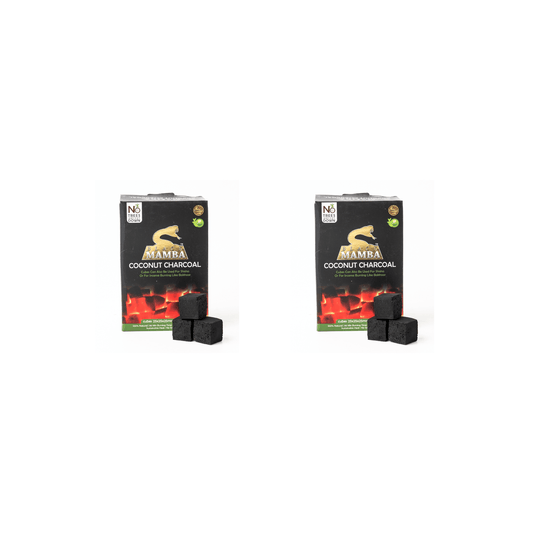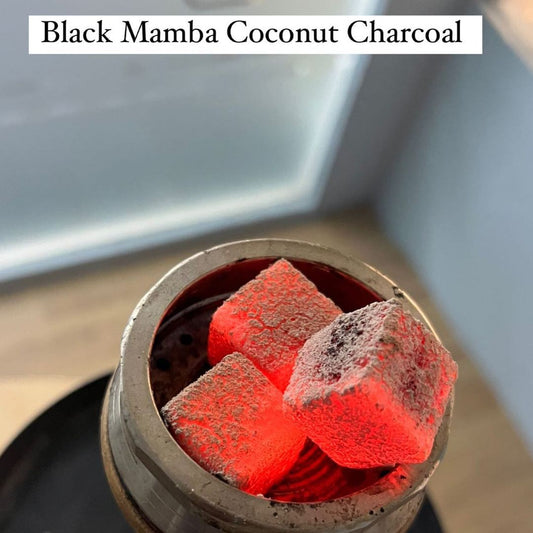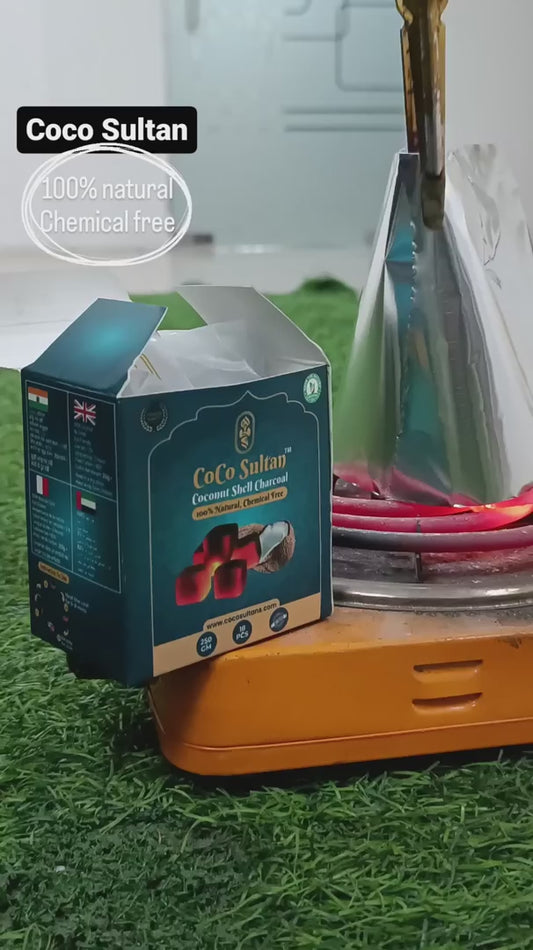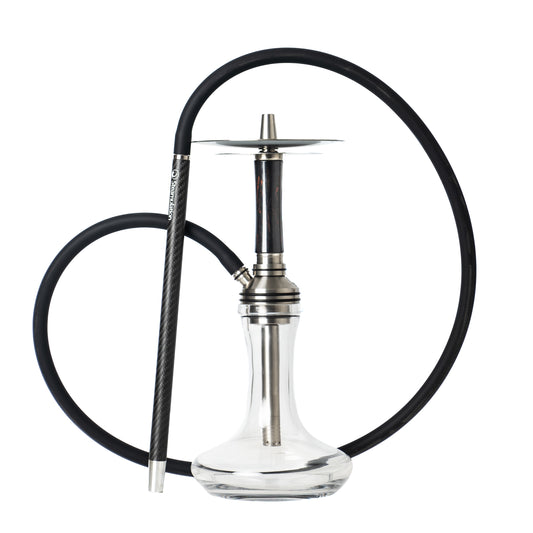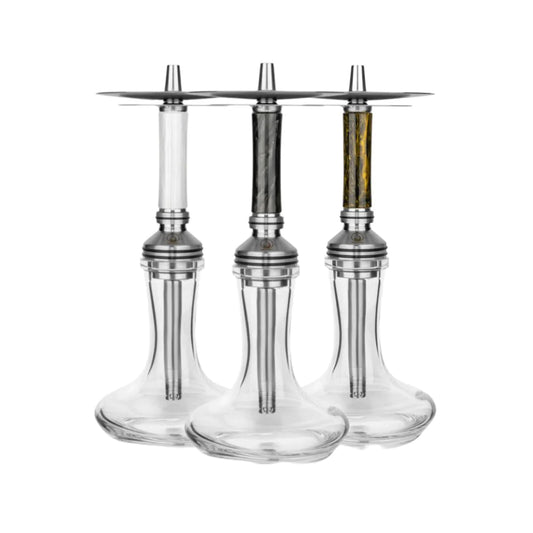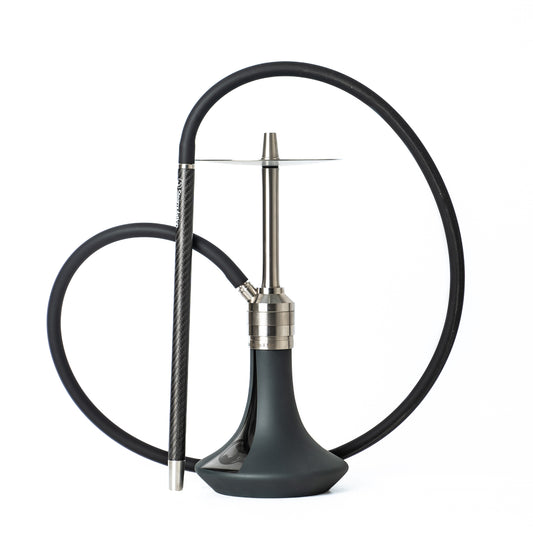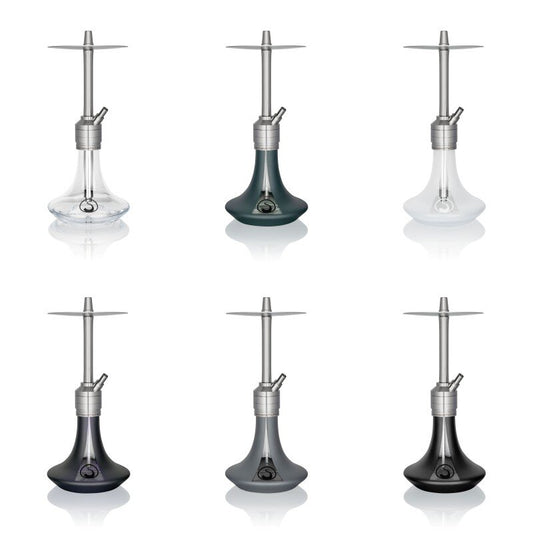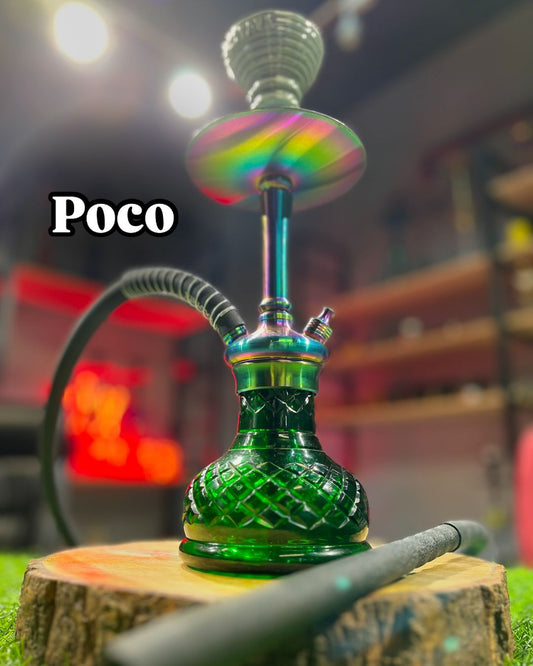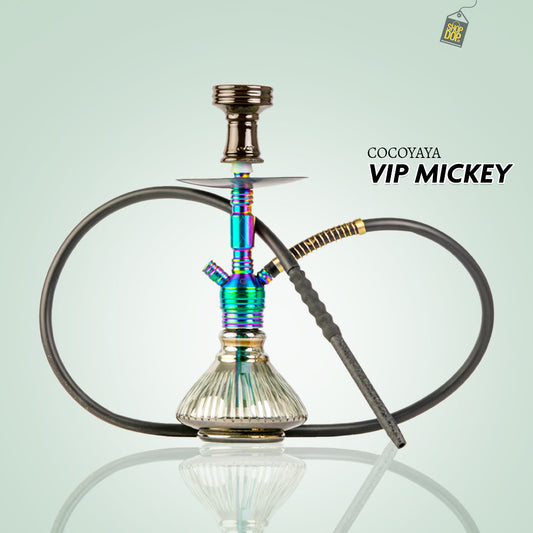The Comprehensive Guide to Setting Up a Hookah
Share
The art of smoking hookah, with its rich history and cultural significance, has become a popular pastime worldwide. For the uninitiated, setting up a hookah may seem daunting, but with the right knowledge and tools, it becomes a fulfilling ritual. This comprehensive guide delves into the process of setting up a hookah for an optimal smoking experience.
1. Choosing the Right Hookah
- Traditional vs. Modern: Traditional hookahs, often ornate and intricate, are prized for their craftsmanship. Modern hookahs tend to be sleek and might incorporate more advanced features.
- Size Considerations: Small hookahs are portable and quick to set up, but may not deliver the smoke volume of larger ones. Large hookahs can offer cooler, smoother smoke but may be less portable.
- Materials Matter: Whether it's brass, stainless steel, or glass, the material can influence durability, taste, and aesthetics.
- Single or Multi-hose: While single-hose hookahs are common for personal use, multi-hose configurations are great for group sessions.
2. Assembling the Hookah
-
Base and Stem Connection: Ensure the stem fits securely into the base, creating an airtight seal.
-
Hose Attachments: Connect the hose or hoses, checking for airtightness.
-
Tray Placement: Position the tray to catch any falling ash from the charcoals.
-
Using Grommets: These ensure snug connections between the hookah's components.
3. Packing the Bowl
-
Bowl Types: From clay to silicone, and from vortex to phunnel, the bowl type affects airflow and heat distribution.
-
Tobacco Packing: Whether you opt for a fluff pack or dense pack depends on the tobacco type and your desired smoke intensity.
-
Even Distribution: This ensures consistent heat across the tobacco.
-
Foil Application: A tight foil with evenly punched holes is key for optimal airflow.
4. Preparing the Water
-
Water Level: The stem should be submerged about 1-2 inches in the water, ensuring adequate bubbling without overdoing it.
-
Temperature Choices: While cold water can cool the smoke, room temperature water provides a more intense flavor.
-
Flavor Enhancers: Adding ice, fruit juices, or slices can alter and enhance the smoking experience.
-
Alternate Liquids: Some adventurous users opt for milk or wine, but be cautious and aware of potential risks.
5. Lighting the Charcoals
-
Charcoal Types: Natural coconut charcoals are preferred for a clean burn, while quick-lighting charcoals offer convenience.
-
Safety First: Always use heat-resistant gloves and tongs when handling charcoals.
-
Recognizing Ready Charcoals: A uniformly gray ash coating indicates readiness.
-
Coal Placement: Position coals evenly on the bowl and rotate as needed to prevent burning the tobacco.
6. Smoking the Hookah
-
Inhalation Techniques: Whether you prefer short puffs or long drags, ensure you're inhaling gently to avoid harsh smoke.
-
Heat Management: Adjust the coals and airflow to maintain a smooth and flavorful smoke.
-
Maintenance: Regularly change the water and clean the hookah components to ensure the best flavor and hygiene.
-
Etiquette: If sharing or using a multi-hose hookah, be aware of common courtesies, such as not blowing smoke back into the hose.
Conclusion
Setting up a hookah is both an art and a science. By understanding each component and its role, you can optimize your setup for the most enjoyable smoking experience. Remember, as with all tobacco products, moderation is key, and always prioritize safety and health considerations. Happy smoking!


